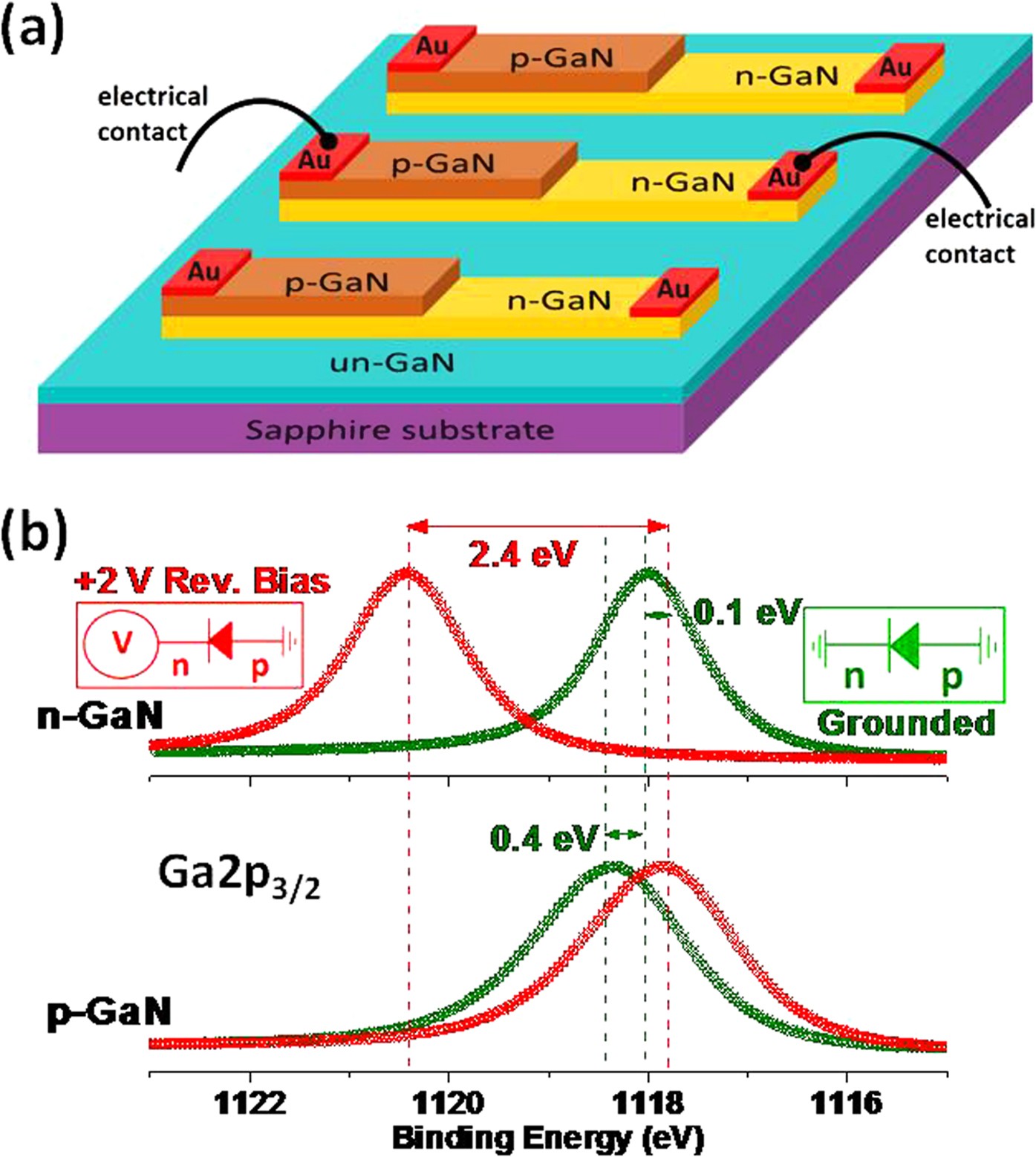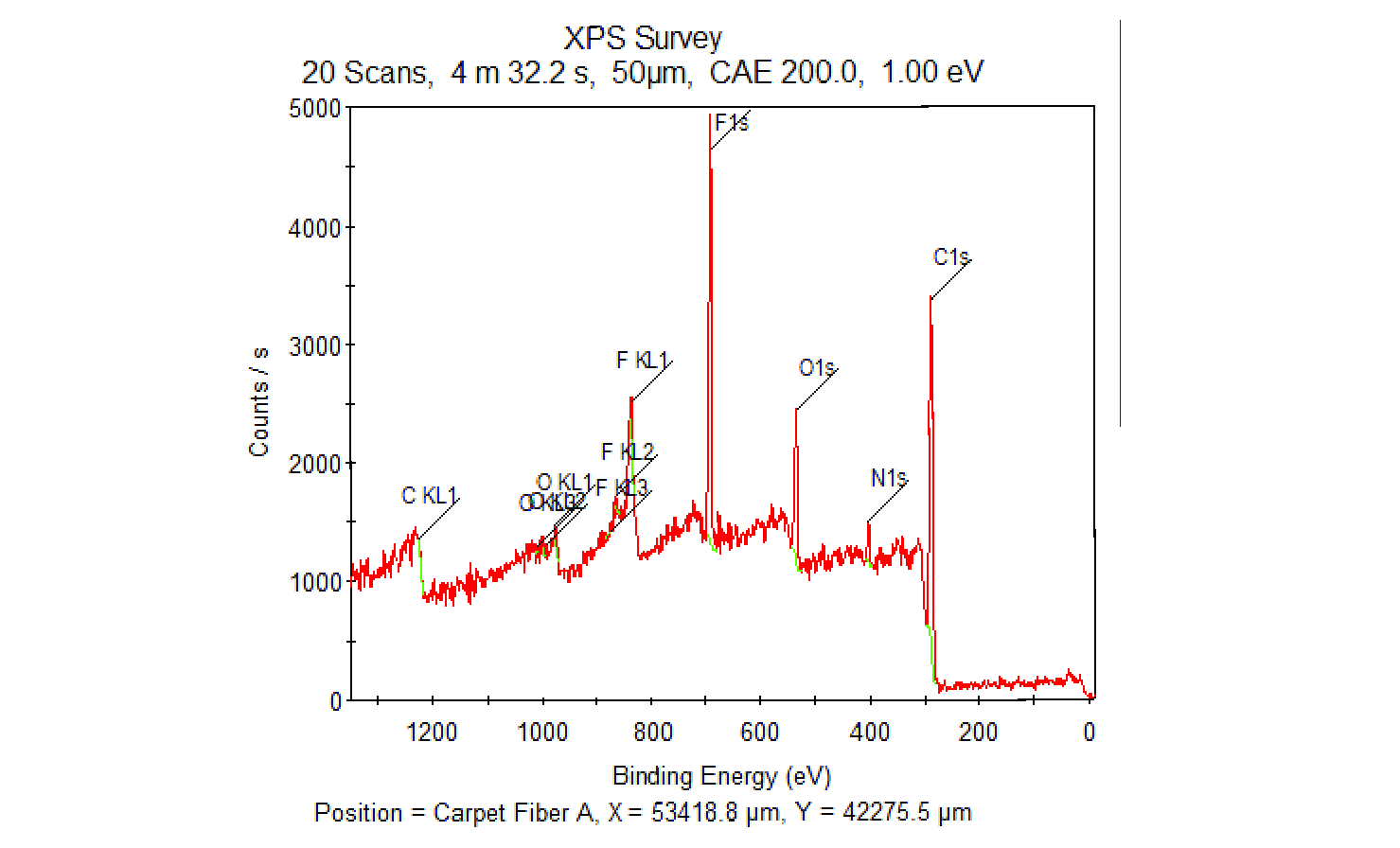
Is there a Mathematica function that can simply do this? Or if anyone can give an idea of how to do the multi-peak fitting using Mathematica.

The number of peaks is unknown and should be detected automatically, and the fitting model must also be built accordingly. The peak model is given and fixed (all peaks are fitted by the same model), but its particular form (which will be input) can be Gaussian or Lorentzian or some other customized functions. Following is an example of fitting the data using three peaks (such that the data ~ peak1 + peak2 + peak3). If there is a strong demand for kinetic energies, it could be implemented in future versions.I am wondering how to implement the multi-peak detecting and fitting in Mathematica.

Only a positive 'binding energy' scale works - however, this should be the most common case.

You can generate fit templates and you can export entire fit projects to share them with your co-workers. When a XPST fit project is started, a corresponding subfolder with all required data is generated and saved within the Igor experiment. It includes various graphical interfaces as well as commandline functions to facilitate the workup of XPS data. XPST is a program package for the analysis of X-ray Photoelectron Spectroscopy (XPS) data. Wide-Angle Neutron Spin Echo SpectroscopyĬurrent version: 1.3 (March 2018) for Igor 7/8.


 0 kommentar(er)
0 kommentar(er)
